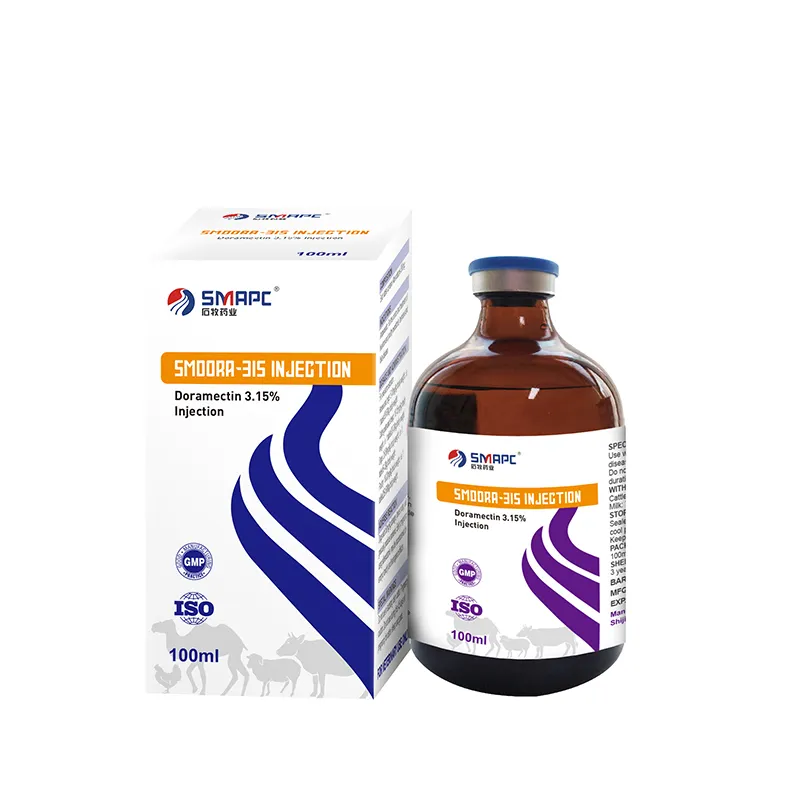Apart from age-related formulations, dog treat vitamins can also cater to dogs with specific health challenges. For example, there are vitamin formulations designed to aid in skin health, digestive health, and even weight management. Probiotics can be included in treats to support gut health, while biotin is ideal for promoting a lustrous coat. Pet owners can consult their veterinarians to identify the best vitamin supplements that correspond with their dog's specific health needs.





